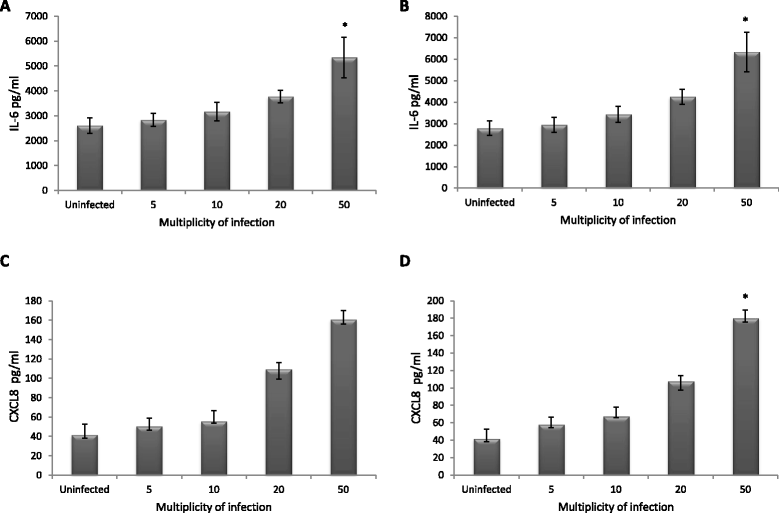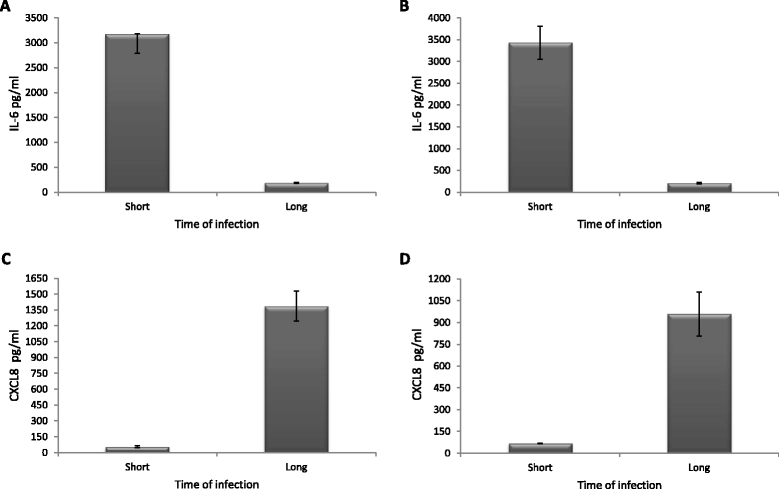Frequency and typing of Propionibacterium acnes in prostate tissue obtained from men with and without prostate cancer
- PMID: 27284286
- PMCID: PMC4899914
- DOI: 10.1186/s13027-016-0074-9
Frequency and typing of Propionibacterium acnes in prostate tissue obtained from men with and without prostate cancer
Erratum in
-
Erratum to: Frequency and typing of Propionibacterium acnes in prostate tissue obtained from men with and without prostate cancer.Infect Agent Cancer. 2016 Jun 21;11:36. doi: 10.1186/s13027-016-0084-7. eCollection 2016. Infect Agent Cancer. 2016. PMID: 27335583 Free PMC article.
Abstract
Background: Prostate cancer is the most common cancer among men in Western countries but the exact pathogenic mechanism of the disease is still largely unknown. An infectious etiology and infection-induced inflammation has been suggested to play a role in prostate carcinogenesis and Propionibacterium acnes has been reported as the most prevalent microorganism in prostatic tissue. We investigated the frequency and types of P. acnes isolated from prostate tissue samples from men with prostate cancer and from control patients without the disease.
Methods: We included 100 cases and 50 controls in this study. Cases were men diagnosed with prostate cancer undergoing radical prostatectomy and controls were men undergoing surgery for bladder cancer without any histological findings of prostate cancer. Six biopsies taken from each patient's prostate gland at the time of surgery were used for cultivation and further characterization of P. acnes.
Results: The results revealed that P. acnes was more common in men with prostate carcinoma than in controls, with the bacteria cultured in 60 % of the cases vs. 26 % of the controls (p = 0.001). In multivariable analyses, men with P. acnes had a 4-fold increase in odds of a prostate cancer diagnosis after adjustment for age, calendar year of surgery and smoking status (OR: 4.46; 95 % CI: 1.93-11.26). To further support the biologic plausibility for a P. acnes infection as a contributing factor in prostate cancer development, we subsequently conducted cell-based experiments. P. acnes- isolates were co-cultured with the prostate cell line PNT1A. An increased cell proliferation and cytokine/chemokine secretion in infected cells was observed.
Conclusion: The present study provides further evidence for a role of P. acnes in prostate cancer development.
Keywords: Infection; Inflammation; Propionibacterium acnes; Prostate cancer.
Figures



References
-
- Davidsson S, Fiorentino M, Andren O, Fang F, Mucci LA, Varenhorst E, et al. Inflammation, focal atrophic lesions, and prostatic intraepithelial neoplasia with respect to risk of lethal prostate cancer. Cancer Epidemiol Biomarkers Prev. 2011;20(10):2280–7. doi: 10.1158/1055-9965.EPI-11-0373. - DOI - PMC - PubMed
LinkOut - more resources
Full Text Sources
Other Literature Sources

